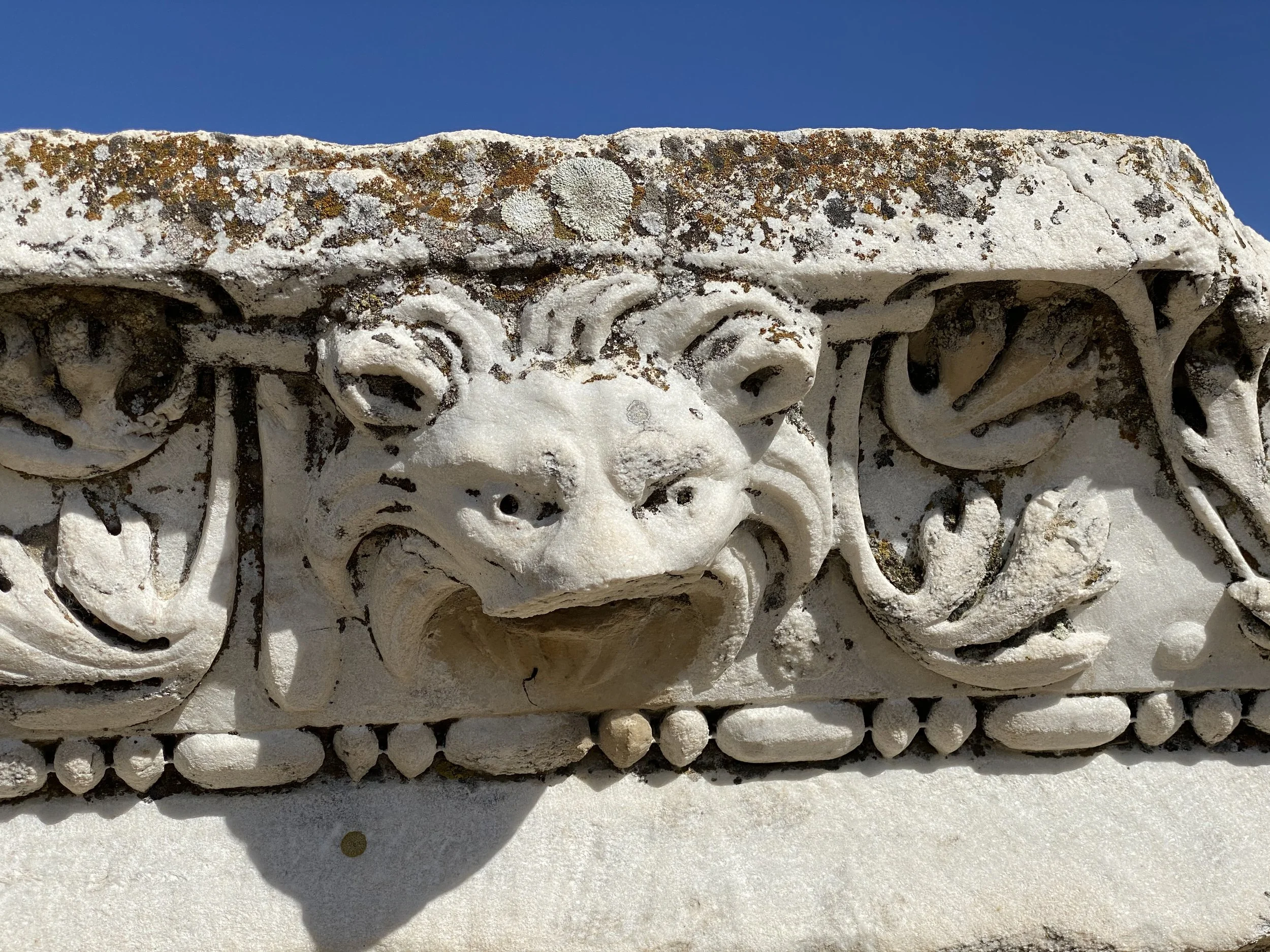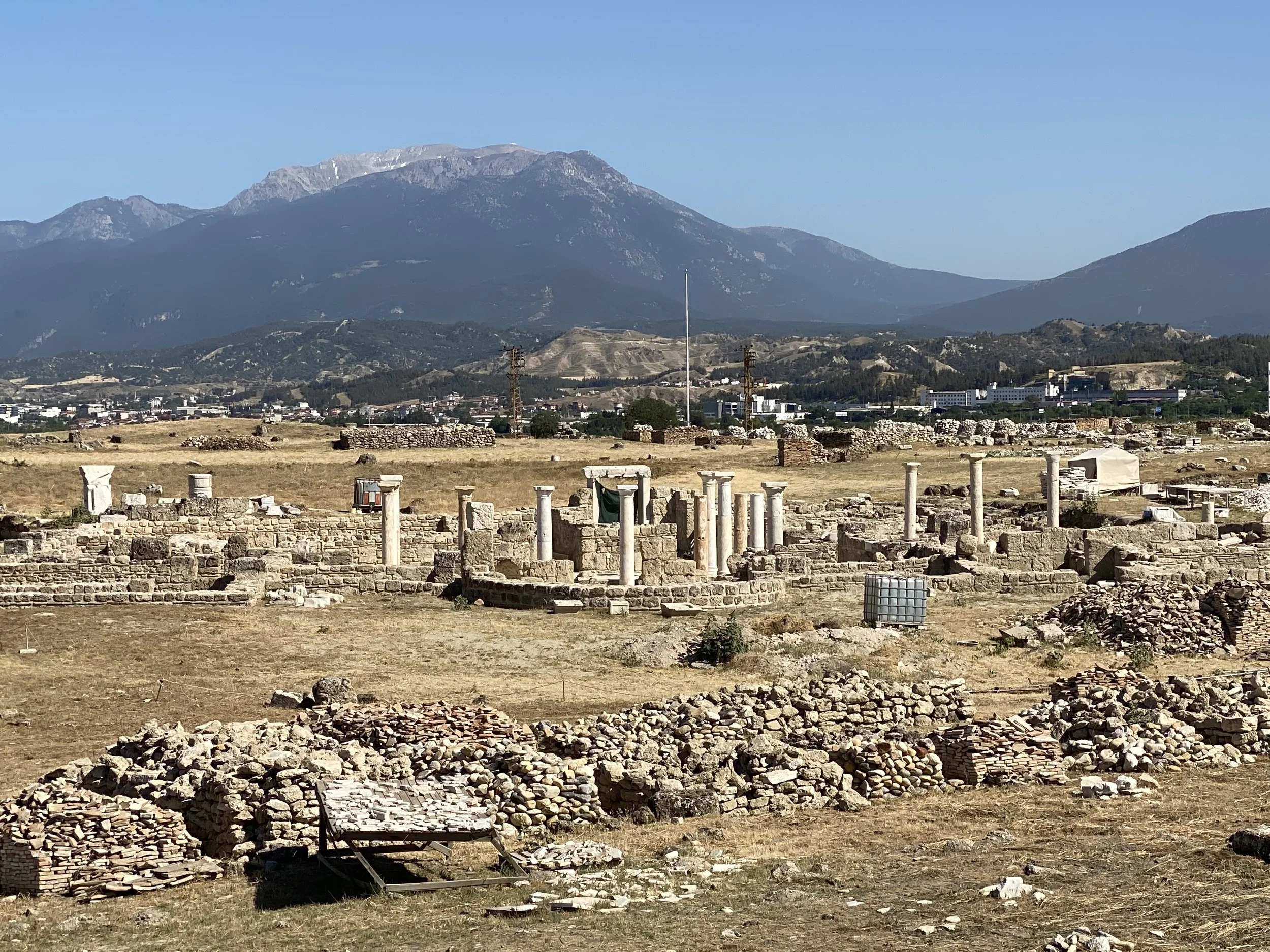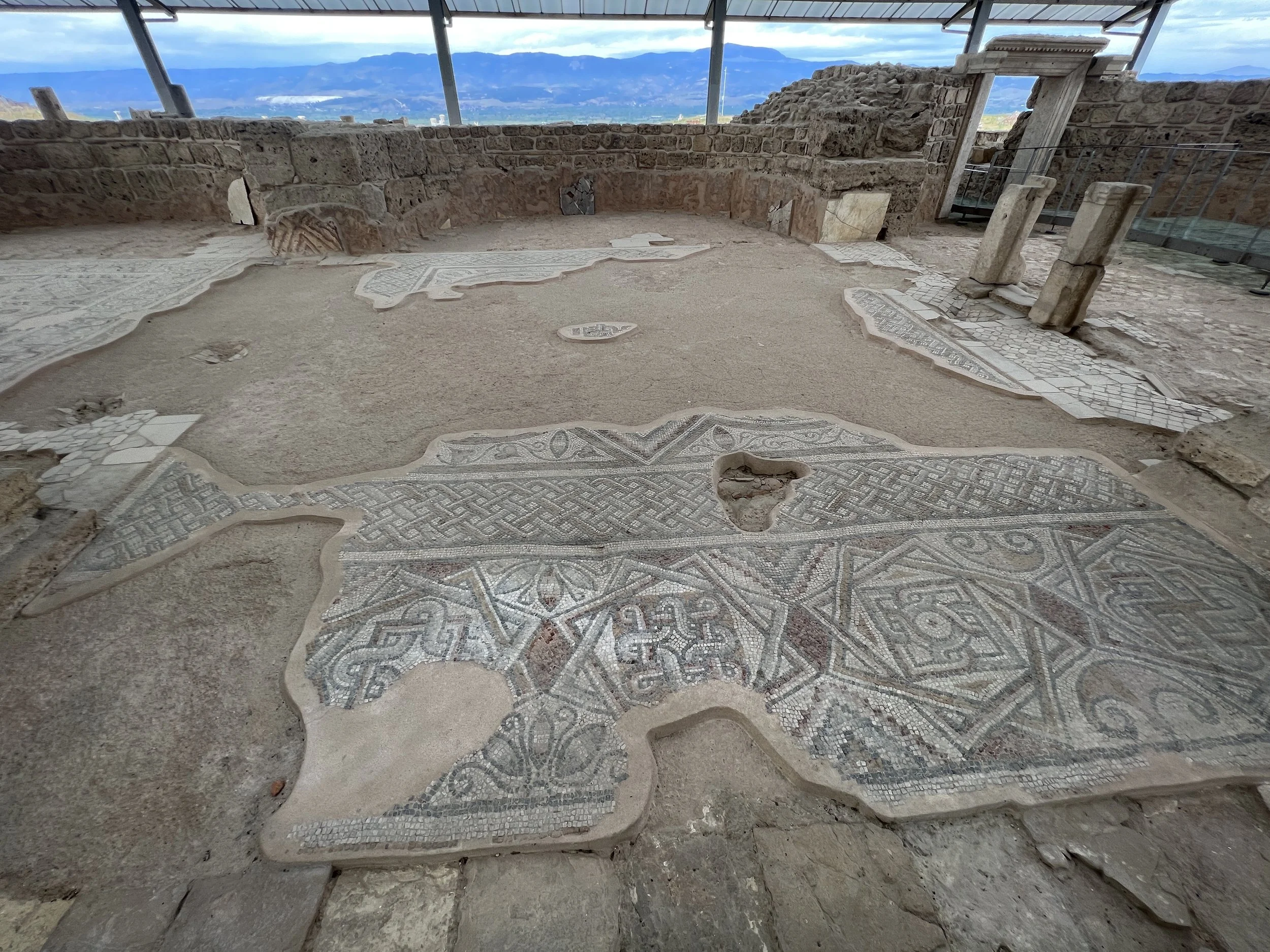Laodicea, Turkey
“And when this letter has been read among you, have it also read in the church of the Laodiceans; and see that you also read the letter from Laodicea” Colossians 4:16
The apostle Paul mentions Laodicea several times in his epistles, though it seems he had not visited the city. Laodicea was one of the seven churches receiving a personal message from the Lord in John’s Revelation. Laodicea was an important city in the history of the early Christian Church. Numerous churches and house churches existed in the 3nd - 7th century in the city. The regional counsel of Laodicea was held there in the mid 4th century.
Laodicea was named for the wife of Antiochus II who founded the city in the 3rd century BC. Because of its location on a trade route, the city was prosperous. Its prestige and wealth continued to grow when it became part of the Roman Empire in 133 BC. Laodicea was know for a special type of black wool, for regional banking and for a medical school. It was on the east -west road from Ephesus to Syria and the north - south road that crossed the Lycus valley and went from Pergamum to Sardis and thru to Perga and Antalya on the coast. Antiochus III moved several thousand Jews to Laodicea from Babylon in the 2nd century BC, so we know that there was a significant Jewish presence in the city still at the time of Paul.
Earthquakes were ultimately the city’s downfall. A major earthquake in 60 AD resulted in the need to nearly completely rebuild. When it was destroyed by another earthquake int he 7th century it was abandoned.
Much of what is excavated at the site and visible today is from after the rebuilding of the city in 60 AD. The excavated purpose built church is one of the earliest in Asia Minor. Immediately across the alley from the church is a peristyle home that held a house church. The pictures show remains of numerous temples and basilicas and two theaters. We were last there in May 2023, and since then the Trajan Nymphaeum reconstruction has been completed and is open to the public. When we were here in 2021, we could not get into the house church and so we were excited to be able to explore it up close this time. This must have been a very wealthy family as the home has a courtyard, more than a dozen rooms for living spaces, possibly rooms used for shop on the side facing the theater, two halls with apses - one of which was used for the church. There was a bath and latrine. Findings here indicate this home was in use for nearly 4 centuries, until it was destroyed in the 7th century AD earthquake.
Laodicea, Turkey
































